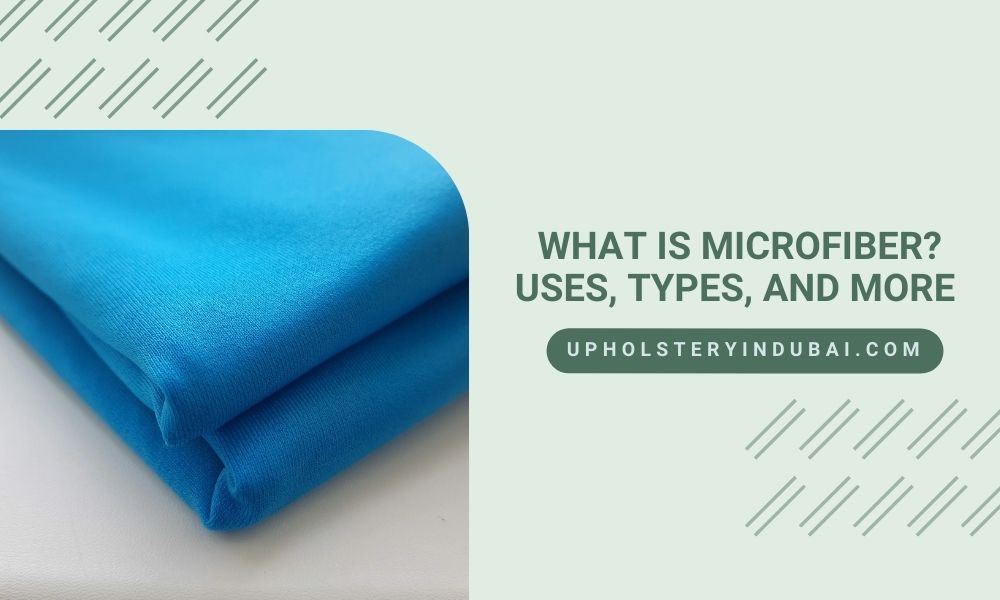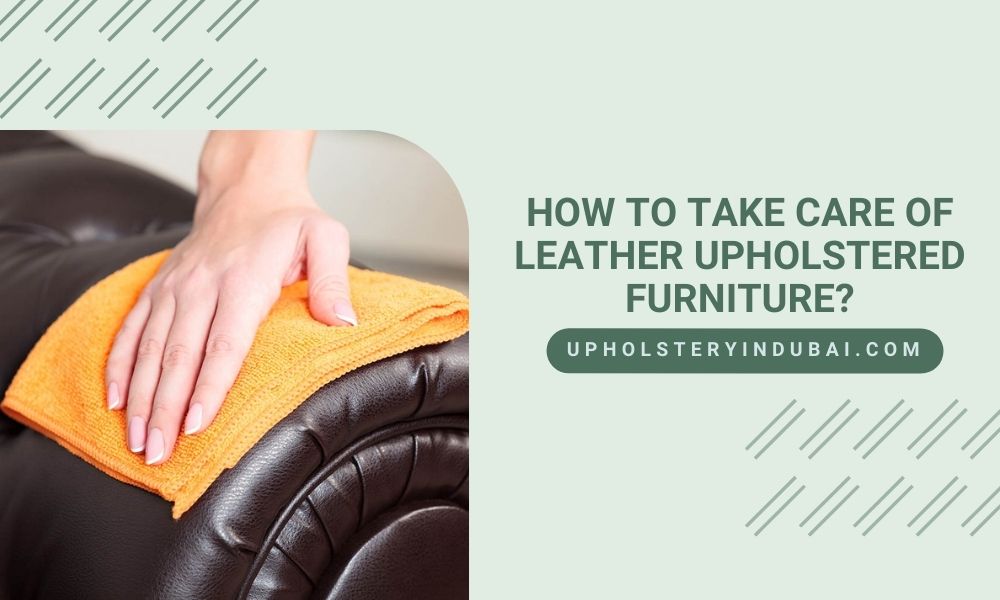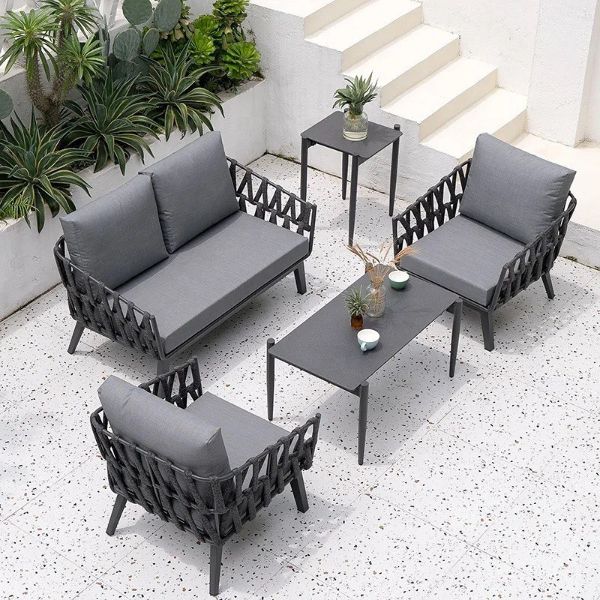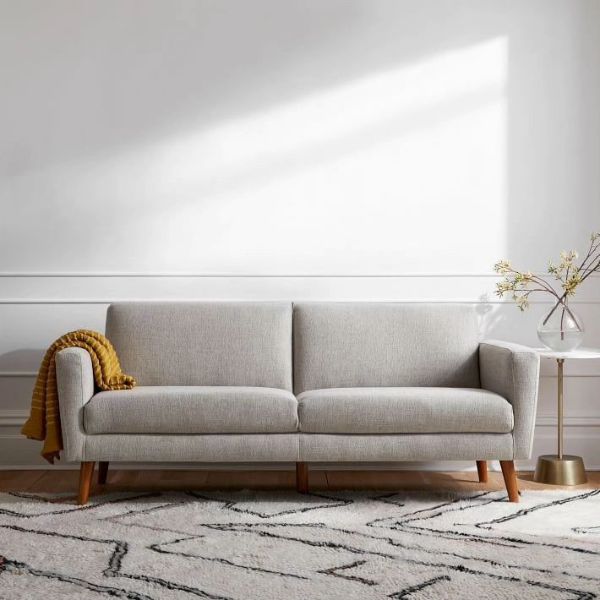Linen upholstery fabric is a preferred option for furniture due to its distinctive combination of natural beauty and usefulness. Before choosing linen for your upholstery project, you need to carefully weigh its benefits and drawbacks, as with any material. At Upholstery in Dubai, we will examine the pros and cons of linen upholstery material in this detailed guide, arming you with the knowledge you need to make a wise choice.
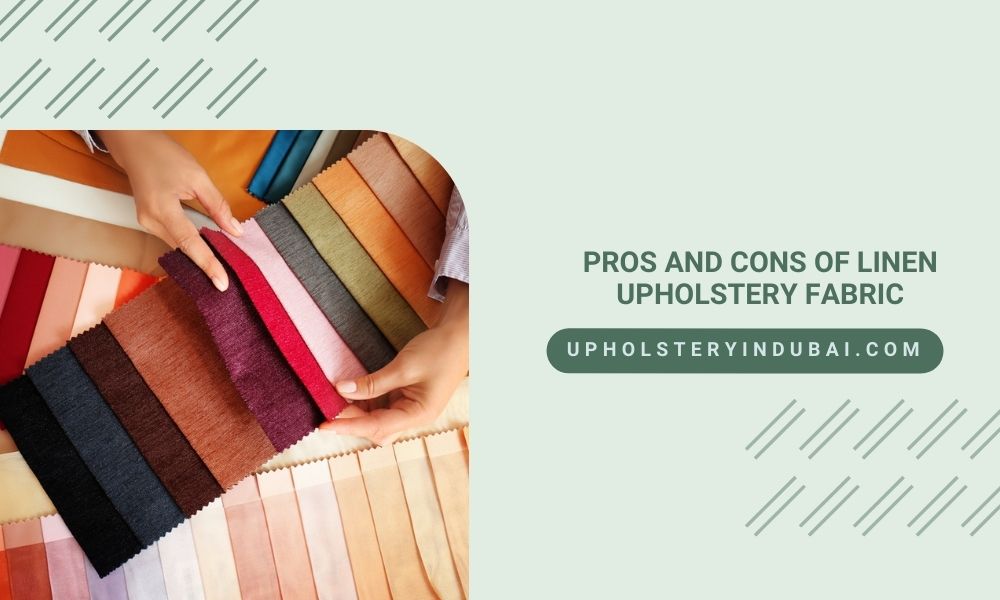
Pros Of Linen Upholstery Fabric
1. Natural Beauty And Elegance
The inherited beauty and classic elegance of linen are emphasized. It includes a timeless, elegant charm that melds perfectly with different interior design trends. It is a favorite alternative for both traditional and contemporary styles because of its distinctive textures and soft gloss, which offer a welcoming vibe to any area.
2. Breathability And Comfort
Its remarkable comfort and breathability are the most outstanding features. You can stay cool and dry in hot weather by using this natural fiber to wick sweat off the body. On the other hand, during the colder months, it offers insulation and warmth. The linen-upholstered furniture is cozy all year round because of its temperature-insulation feature.
3. Durability And Longevity
For its sturdiness and longevity, the linen is recognized. It is one of the best options for upholstery because of its durable natural fibers. Upholstery made of linen may last longer with proper maintenance. Because of its durability, it is ultimately a more affordable option.
4. Resistant To Pilling And Static
Linen fibers are naturally resistant to pilling, which is the development of tiny balls of fabric on the surface, unlike other upholstery materials. Furthermore, linen has a minimal tendency to produce static electricity, so your linen-upholstered furniture won’t experience bothersome shocks or clinginess.
5. Hypoallergenic
Natural hypoallergenic qualities exist in linen. It is immune to typical irritants and allergens like dust mites. Upholstery made of line can make a home healthier and more comfortable for people with allergies or other sensitivities.
6. Environmentally Friendly
The flax plant, from which linen is derived, has a comparatively low environmental impact throughout production. When compared to growing some other crops, flax requires the least amount of water and pesticides. When opposed to synthetic upholstery materials, linen has a smaller environmental impact because it is biodegradable.
7. Aesthetic Versatility
There are many different shades, designs, and textures available in linen upholstery fabric. Linen may be tailored to fit your interior design ideas, whether you like a soft color scheme or bold, striking tones. Because of its adaptability, linen may be used to create designs that suit a wide range of tastes.
8. Easy Maintenance
It is not difficult to keep linen upholstery fabric in good condition. Regular vacuuming helps in clearing away dust and other surface debris, while spot cleaning on occasion, can take care of small stains. Your linen-upholstered furniture can look new and inviting for years with regular and proper upkeep.
Cons Of Linen Upholstery Fabric
1. Wrinkling
One of the most prominent flaws is that linen creases and wrinkles. It might not be ideal for people going for a smooth-looking fabrics.
2. Stains And Spills
Since linen is easily stained, spills that are not cleaned up right away leave the risk of permanent stains. To address this problem, certain linen upholstery has been given stain-resistance treatments.
3. Fading
When exposed to direct sunshine, linen materials tend to fade over time. Consider using window coverings to exclude direct sunlight to avoid fading.
4. Cost
Due to it being frequently more expensive than synthetic alternatives, linen upholstery fabric may not appeal to buyers on a tight budget.
5. Limited Stretch
Linen has a limited amount of flexibility, which is why upholsterers may find it difficult to deal with fabric when covering curved furniture shapes.
6. Potential Shrinkage
When exposed to dampness or water, linen has a propensity to shrink. Thus, it might not be the greatest material for items that will frequently get wet or require cleaning.
Tips for Using Linen Upholstery Fabric
Take into account the following advice to maximize the advantages of linen upholstery fabric while minimizing its disadvantages:
-
Choose Treated Linen
To lessen the possibility of stains becoming permanent, choose linen upholstery that has stain-resistance treatments.
-
Use Slipcovers
On furniture items that are more prone to spills and stains, think about utilizing removable linen slipcovers. This makes replacement or cleaning when necessary.
-
Rotate And Protect
Regularly rotate and shield your linen-upholstered furniture from direct sunlight to reduce fading.
-
Regular Maintenance
Regularly hover your linen upholstery to avoid dust and allergy accumulation. Clean up spills right away to prevent stubborn stains.
-
Consider Blends
Blends of linen with other materials, including cotton or synthetic fibers, can provide the advantages of linen with less creasing and more durability.
-
Professional Cleaning
Consult skilled upholstery cleaners who are known for cleaning linen. They will help you with severe stains or deep cleaning.
Conclusion
In conclusion, linen upholstery fabric is a popular option for many homeowners and interior designers because it combines natural beauty, comfort, and longevity. However, it requires considerable upkeep due to its propensity to wrinkle and stain. You can determine with confidence whether linen is the ideal upholstery fabric for your unique demands and style preferences by carefully assessing the pros and cons mentioned above in this guide.




